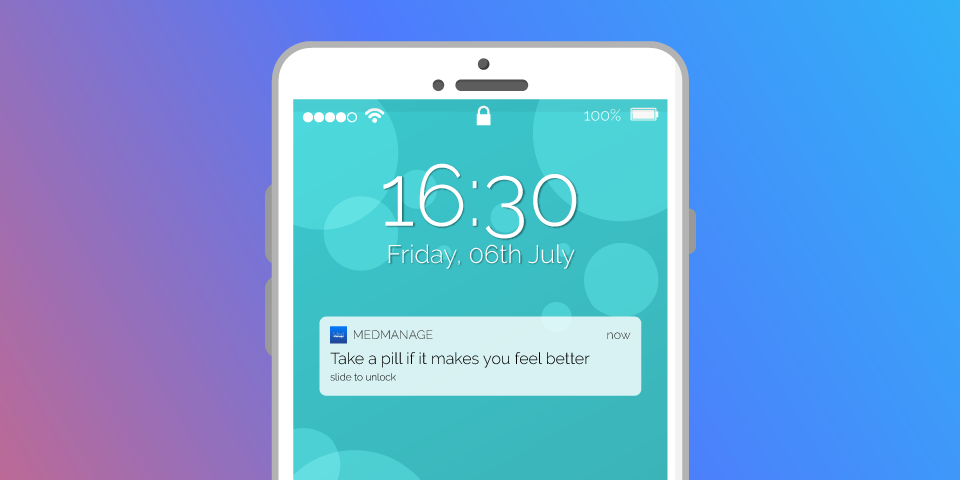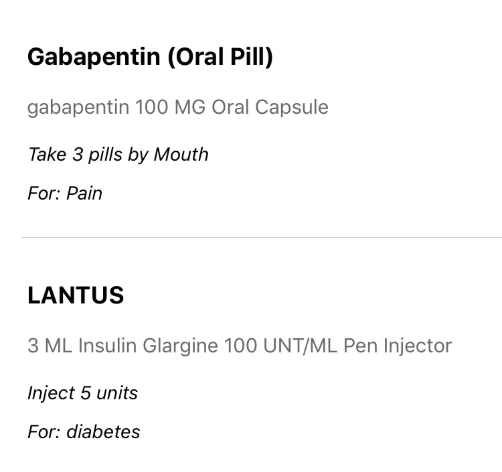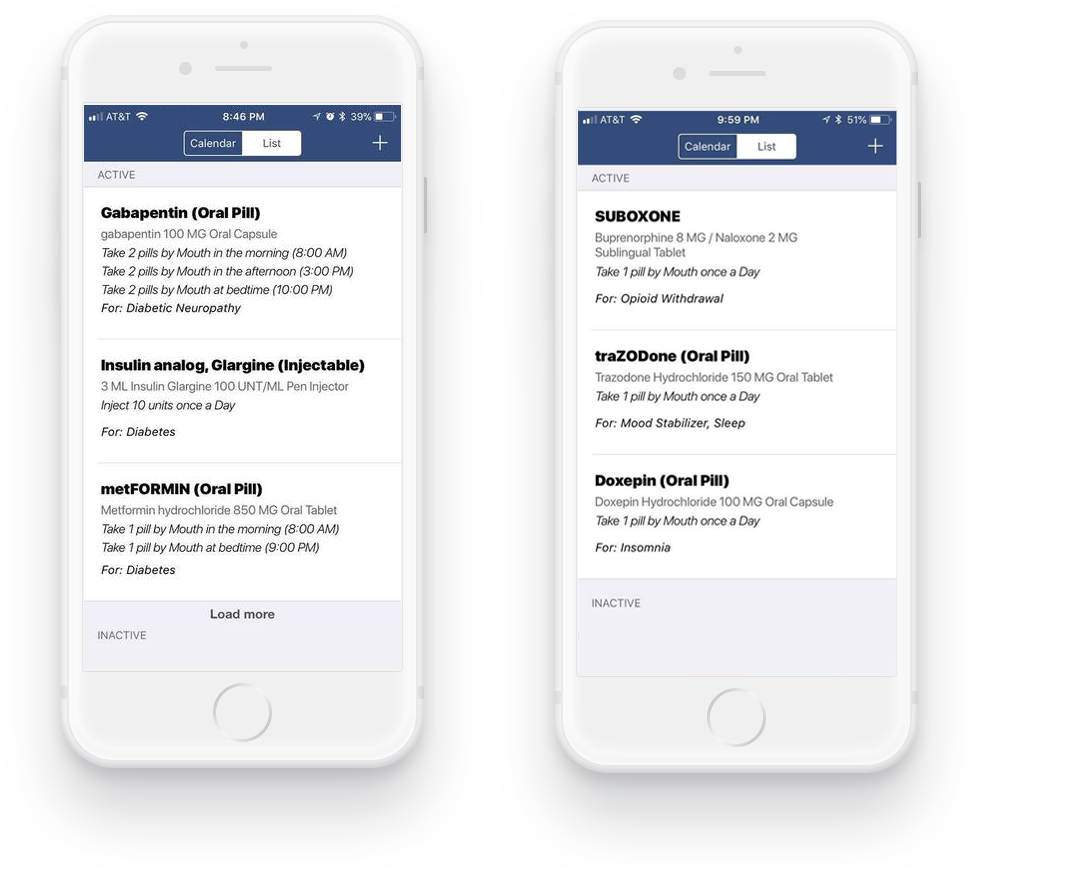Case Study: How Research Simplified My UX Design for Healthcare App
How Research Simplified UX Design for Healthcare App


Regardless of your vision of the product and your confidence in its greatness, the future of it depends on how useful it is for people. Thus, beta testing stage often becomes developers’ heartbreaker. It is when creators may realize that despite the beauty and innovative idea of the product, it is barely usable for an average customer. So, we were pretty anxious about the feedback when our product
To give some background, MedManage is a free app with a drug reference database that can easily create a medication list and calendar that reminds you to take your medications and tracks your adherence progress with a daily log made by
We had around a dozen beta testers on iTunes consisting of nurses, pharmacists, doctors, and patients. As most people who have been through beta testing have experienced, there was almost an immediate influx of concerns with our design from the testers. Most of the concerns went something like this: “The directions for this medication aren’t displaying properly.” This was a critical issue because the goal of our app was to have a portable reference of your medications, their directions, and other important info.
While nobody wants to hear their product isn’t working right, it is an inevitable and important part of product development, especially in a beta testing phase. So what was the issue and how could we fix it?
UI Problem: Improper Display of Medical Directions
Our problem was not that we made an error in our code or some other technical challenge. The problem was our lack of experience in the medical field. Our software worked well for most medications and all their possible directions. Once we put our beta product into healthcare professionals’ hands though, they said some of our directions were inadequate and could cause problems. For example, in the test case below, it would be important to specify to take the Lantus (insulin) ‘After Food’, something we weren’t doing.


Primarily, this shows the importance of testing. Not just testing, but testing with direct end users of your products. After looking into the problem and speaking with our testers on the specific issues they were noticing, I realized where our problem was. We had designed our system to take all (98%+) possible inputs for a medication schedule; there had been a lot of publicly available information on how to do this and even some government standards outlined about medication entry.
What we had missed is a good way to visually display this data as outputs to our users. Our code simply took the inputs and arranged them into a sentence (e.g. ‘Take ___ pill(s) by mouth’) to be displayed under directions. Now, this seemed to be below par of what was needed, so much so that it could be mistaken for an improper or inadequate function to our most important and informed end users, the healthcare professionals.
What I Did to Find the Solution for UI Problem
So I had to go back to the drawing board and design a new user interface for our medication list with directions screen that more completely displayed the information about a prescription. This led me on a research journey that would greatly improve MedManage’s performance and help us differentiate ourselves from our competition.
I started with the medications in my medicine cabinet. I went through every medicine bottle in there and noted down their directions and how much detail was provided.
When this proved to not be enough, I scoured the internet. It seemed like there should be some standardized way to display medication directions on prescription labels, right? Unfortunately, there wasn’t and a prescription label design varied based on the design of the pharmacy software systems. Most aren’t willing or have no reason to explain the logic in their software, but luckily I was able to find one source put out by the National Council for Prescription Drug Programs (NCPDP) outline a still experimental Universal Medication Schedule or UMS.


Somebody at the NCPDP had the same thought as me; there should be a standardized way to display medication directions. While the trend had not taken off yet and wasn’t being utilized by major players in the pharmacy space, there was already about a decade of research on what a universal/standard medication label should look like. (If you take a look at your pill bottles, you will probably notice most are still structured like the left column above, not utilizing the UMS).
How I Improved UI/UX Design
According to one of the studies outlined in the whitepaper, 46% of patients misunderstood one or more of their Rx labels, but when using the improved UMS standard, that number dropped to 9%. This was a very significant increase, and the best part was that the study showed the “benefit [was] strongest with more complex regimens.” Since the goal of MedManage was to improve adherence and health outcomes, especially for patients with complex regimens, it seemed like I had stumbled on a gold mine of information and quickly instituted the changes which can be seen below.


Once we uploaded the changes to the test environment and distributed the updates to our testers, they were extremely happy with our result. Many cited it as not just an important fix but a major improvement to the current methods they use on a daily basis, and perhaps, more importantly, something our competitors don’t utilize yet. With this correction/update in place, we were ready to go live with a truly differentiated and research-backed project (that also flat out looked better). Now when people ask me what separates the MedManage app from other applications or products in the medication adherence space, I can clearly point to this specific advantage we bring and the years of research behind implementing this new methodology.
Lessons Learned: Do Your Research
My initial goal in doing this research was to figure out a way to correctly represent medication directions, but I got so much more. By doing the due diligence, I was not only able to find a way to do it that meets the industry standard, but exceeds it. Now our testers and end users are happy, but maybe even more importantly, our product has been improved with valid industry research backing our method. This improvement didn’t just make our product work better, but provided us a key differentiating factor compared to our competitors.
